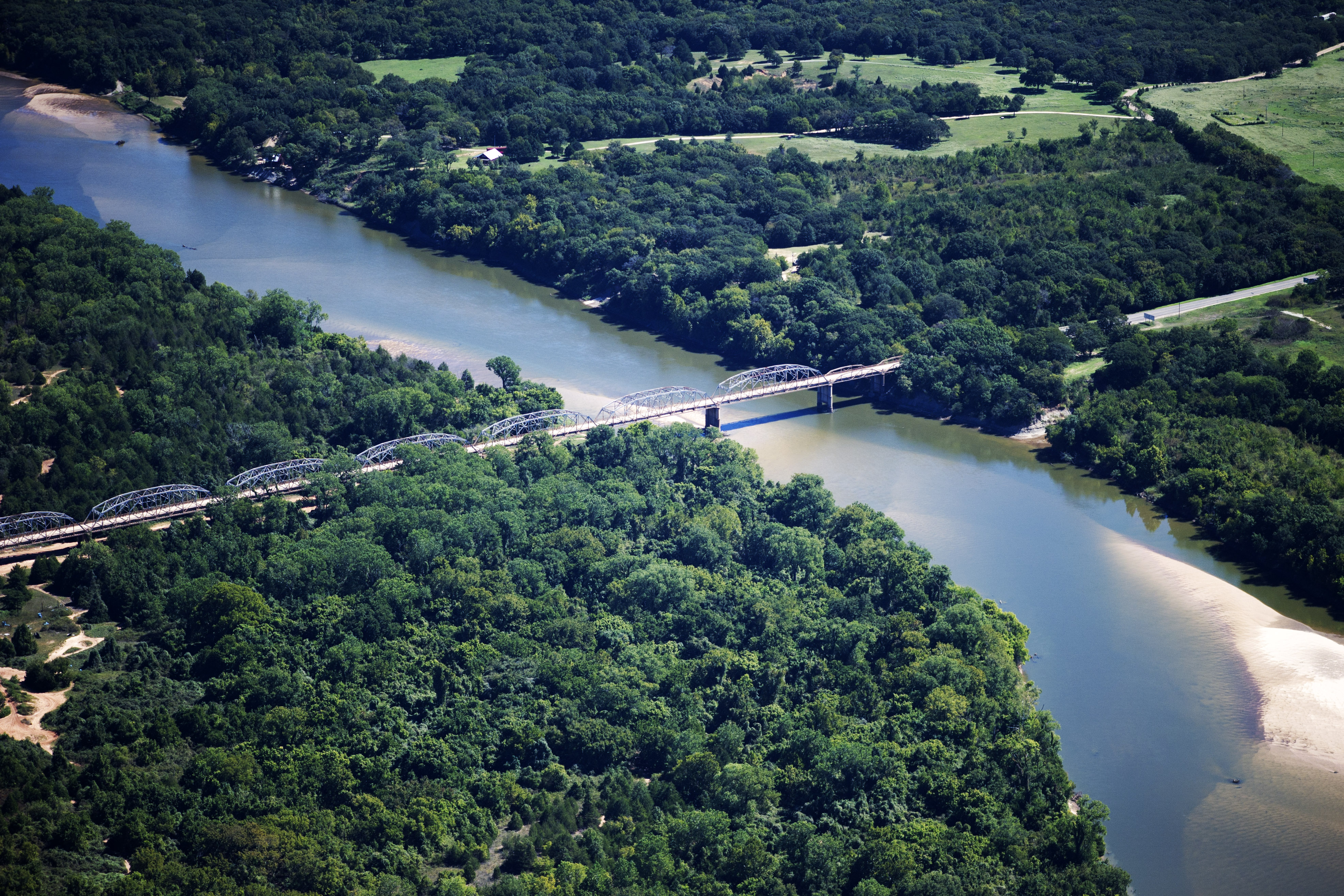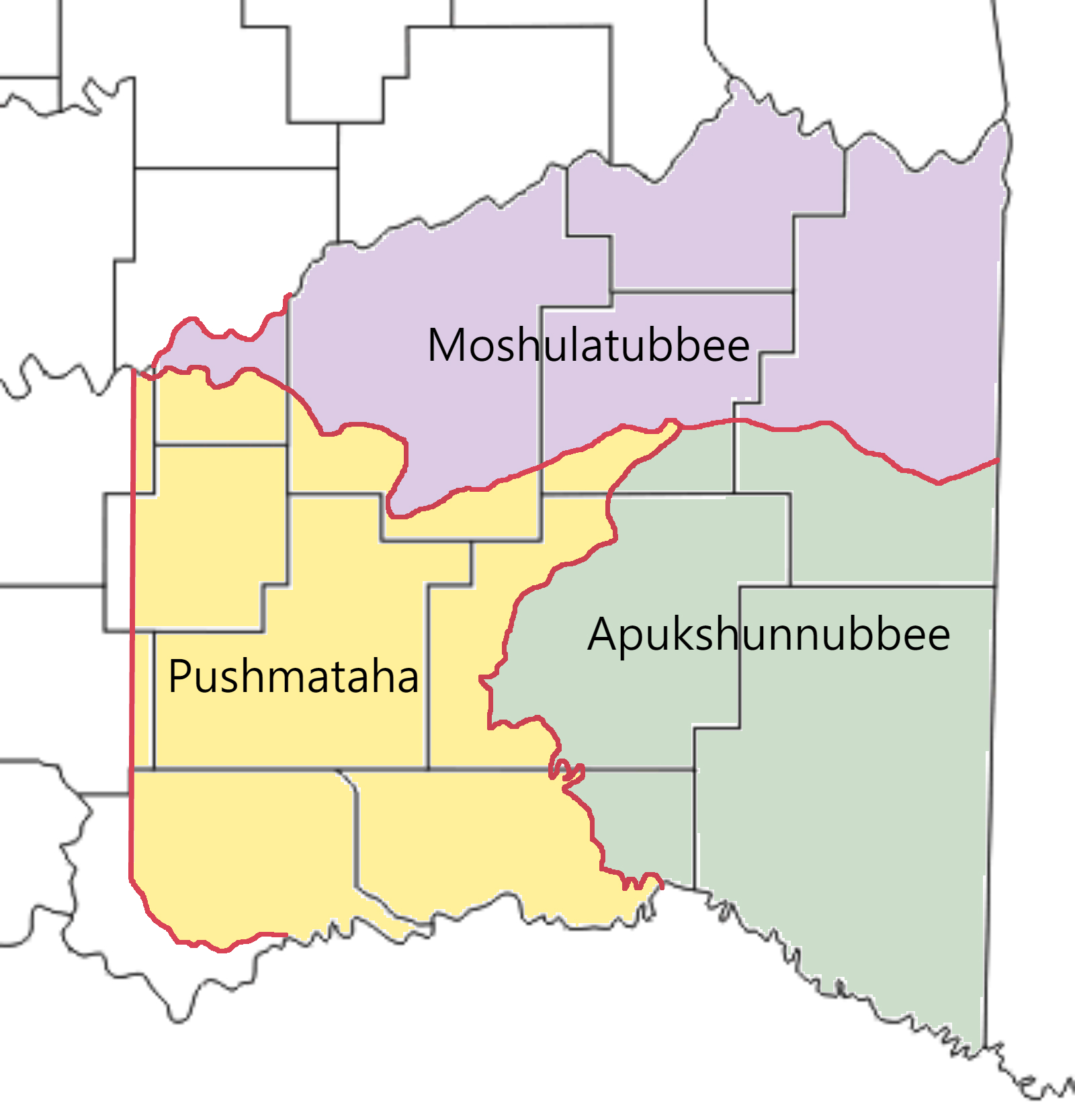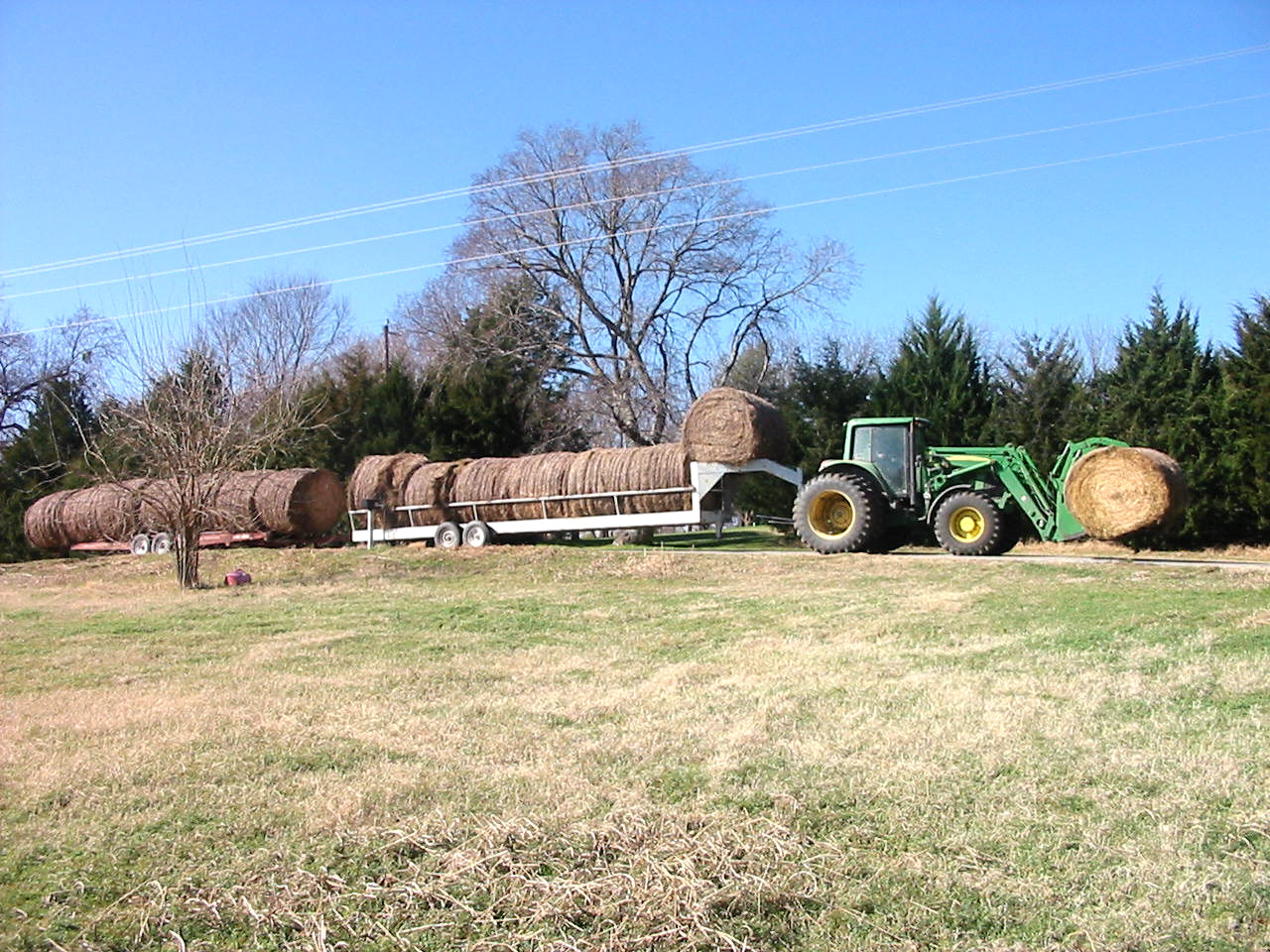|
Bryan County, Oklahoma
Bryan County is a county in the U.S. state of Oklahoma. As of the 2020 census, the population was 46,067. Its county seat is Durant. It is the only county in the United States named for Democratic politician William Jennings Bryan. Bryan County comprises the Durant, OK micropolitan statistical area, which is part of the Dallas-Fort Worth and the Texoma region, TX-OK combined statistical area. The city of Durant has the headquarters of the Choctaw Nation of Oklahoma. Bryan County consists of 10 Townships: Albany, Bennington, Bokchito, Brown, Caddo, Calera, Colbert, Kemp, Matoy, and Speairs. History The area now known as Bryan County was occupied by the Choctaw tribe in 1831–2. After the tribe reestablished its government in the Indian Territory, it included much of the area within Blue County, a part of the Pushmataha District of the Choctaw Nation. In 1845, the tribe opened Armstrong Academy for boys near the community of Bokchito. The academy served as Chaht ... [...More Info...] [...Related Items...] OR: [Wikipedia] [Google] [Baidu] |
Bryan County Courthouse (Oklahoma)
The Bryan County Courthouse in Durant, Oklahoma, located at 4th Avenue and Evergreen Street, was built in 1917. It was designed by architect Jewell Hicks. It was listed on the National Register of Historic Places in 1984. It is a three-story courthouse. It was deemed "significant because of its importance to the county's residents as a center of government, and because it is an elegant example of monumental public architecture. It is particularly notable because its architect was Jewell Hicks, one of the designers of the Oklahoma State Capitol Building." With References County courthouses in Oklahoma Courthouses on the National Register of Historic Places in Oklahoma National Register of Historic Places in Bryan County, Oklahoma Neoclassical architecture in Oklahoma Government buildings completed in 1917 1917 establishments in Oklahoma {{Oklahoma-NRHP-stub ... [...More Info...] [...Related Items...] OR: [Wikipedia] [Google] [Baidu] |
Pushmataha District
Pushmataha District was one of three provinces, or districts, comprising the former Choctaw Nation in the Indian Territory. Also called the Third District, it encompassed the southwestern one-third of the nation. The Pushmataha District was named in honor of Pushmataha, a revered Choctaw warrior and statesman who was chief of ''Okla Hannali'', the Six Towns District, one of the three historic, major clan divisions of the Choctaw in their historic territory of the Southeast. The other two districts were the Apukshunnubbee District and Moshulatubbee District. History These three districts were established when the Choctaw Nation relocated via the Trail of Tears to the Indian Territory. They were originally intended to provide homes for settlers from the three major clans or groupings of Choctaw Indians comprising the nation. Over time, the clan affiliations and allegiances rapidly became less important after the Choctaw reached Indian Territory, in part because the geography was di ... [...More Info...] [...Related Items...] OR: [Wikipedia] [Google] [Baidu] |
Oklahoma Department Of Tourism And Recreation
The Oklahoma Department of Tourism and Recreation is a government agency, department of the government of Oklahoma within the Tourism and Branding Cabinet. The Department is responsible for regulating Oklahoma's tourism industry and for promoting Oklahoma as a tourist destination. It is the Department which established regional designations for the various parts of the state which are in common use today: Northwestern Oklahoma, Red Carpet Country (Northwest, being the Panhandle and North Central), Green Country (Northeast), Frontier Country (Central), Kiamichi Country, Choctaw Country (Southeast), South Central Oklahoma, Chickasaw Country (South Central), and Southwestern Oklahoma, Great Plains Country (Southwest). The department is under the direction of the executive director, who is appointed by the governor. The Oklahoma Tourism and Recreation Commission serves in an advisory board to the executive director and is made up of eight members of the public, along with the Lieute ... [...More Info...] [...Related Items...] OR: [Wikipedia] [Google] [Baidu] |
Choctaw Country
Choctaw Country is the Oklahoma Department of Tourism and Recreation's official tourism designation for Southeast Oklahoma. The name was previously Kiamichi Country until changed in honor of the Choctaw Nation headquartered there. The current definition of Choctaw Country includes ten counties, being Coal, Atoka, Bryan, Choctaw, McCurtain, Pushmataha, Le Flore, Latimer, Haskell, and Pittsburg counties. The department created the term as one of six designated travel regions within the state. However, other definitions of Southeastern Oklahoma may include additional counties. Due to an influx of southerners seeking less expensive frontier lands during the post-Civil War Reconstruction era, Choctaw Country developed a culture that is more southern than the rest of the state. This region has also been called " Little Dixie". Lightly populated, heavily mountainous and forested, the region is popular for outdoor recreation. It supports water sports, mountain biking, hik ... [...More Info...] [...Related Items...] OR: [Wikipedia] [Google] [Baidu] |
State Highway 78 Bridge At The Red River
The Highway 78 Bridge at the Red River is an eight-span through truss bridge over the Red River between Oklahoma and Texas on Oklahoma State Highway 78/Texas State Highway 78. It was built as a federal relief project during the Great Depression as part of President Franklin Roosevelt's New Deal. Today the bridge and the area retain the look and feel of the time of its construction. As part of Highway 78 the bridge's average daily traffic (as of 2006) was 1,700 cars per day. The original bridge was demolished after flood damage and a new bridge built in 2018 History The State Highway 78 Bridge at the Red River replaced a suspension bridge that collapsed on January 15, 1934. The former bridge had been opened as a toll bridge in July 1927. It was purchased by Oklahoma and Texas for use as a free bridge. It collapsed in a storm after the swinging bridge's wire cables became twisted and snapped. As a Federal Relief Project funded by the National Industrial Recovery Act of 1 ... [...More Info...] [...Related Items...] OR: [Wikipedia] [Google] [Baidu] |
Grayson County, Texas
Grayson County is a County (United States), county in the U.S. state of Texas. As of the 2020 United States census, 2020 census, its population was 135,543. The county seat is Sherman, Texas, Sherman. The county was founded in 1846 and is named after Peter Wagener Grayson, an attorney general of the Republic of Texas. Grayson County is included in the Sherman-Denison, Texas, Denison Sherman-Denison Metropolitan Statistical Area, metropolitan statistical area, which is also included in the Dallas-Fort Worth, Texas, Fort Worth-Arlington, Texas, Arlington, Dallas–Fort Worth Metroplex#Combined Statistical Area, combined statistical area. Located on the state's border with Oklahoma, it is part of the Texoma region, with proximity to Lake Texoma and the Red River of the South, Red River. History The earliest known inhabitants of what is now Grayson County were Caddo Amerindian groups, including Tonkawa, Ionis, and Kichai people, Kichai. These groups engaged in agriculture and trad ... [...More Info...] [...Related Items...] OR: [Wikipedia] [Google] [Baidu] |
Red River Bridge War
The Red River Bridge War was a boundary conflict between the U.S. states of Oklahoma and Texas over an existing toll bridge and a new free bridge crossing the Red River. The Red River Bridge Company, a private firm owned by Benjamin Colbert, had been operating a toll bridge that carried U.S. Route 69 and U.S. Route 75 between Colbert, Oklahoma, and Denison, Texas. In 1931, Texas and Oklahoma jointly built a new, free span northwest of the existing toll bridge. On July 10, 1931, the Red River Bridge Company obtained an injunction against the Texas Highway Commission (now Texas Department of Transportation), keeping it from opening the new bridge. The company said that the highway commission had promised in July 1930 to buy the old toll bridge for $60,000 (equal to $ today). In reaction to the injunction, the Governor of Texas, Ross S. Sterling, ordered that the new free bridge be barricaded at the Texas end. On July 17, Oklahoma Governor "Alfalfa Bill" Murray ordered the ... [...More Info...] [...Related Items...] OR: [Wikipedia] [Google] [Baidu] |
Kenefic, Oklahoma
Kenefic is a town in Bryan County, Oklahoma, United States. The population was 196 at the 2010 census, a 2 percent increase from the total of 192 recorded in 2000. The town was named for William Kenefick, president of the Missouri, Oklahoma and Gulf Railroad (MO&G), which had constructed a rail line through the region. The town name has been spelled both Kenefic and Kenefick throughout its history.O'Dell, Larry"Kenefic,"''Encyclopedia of Oklahoma History and Culture'', Oklahoma Historical Society, 2009. Accessed April 15, 2015. History At the time of its founding Kenefic was located in Blue County, Choctaw Nation. Geography According to the United States Census Bureau, the town has a total area of , all land. The town is served by both State Highway 48 and State Highway 22. McGee Creek State Park and McGee Creek Lake are to the northeast; Lake Texoma is to the southwest. Climate Demographics As of the census of 2000, there were 192 people, 69 households, and 48 ... [...More Info...] [...Related Items...] OR: [Wikipedia] [Google] [Baidu] |
Fort McCulloch
Fort McCulloch was a Confederate military fort built by CSA Brigadier General Albert Pike in the Indian Territory during the American Civil War after the Battle of Pea Ridge. History After the southern states seceded from the United States of America, Albert Pike negotiated treaties between the Five Civilized Tribes and the Confederate government, promising that the Confederacy would take over the obligations that the Union failed to fulfill and take over defense for the Indian Territory. Pike was appointed commander of the Department of the Indian Territory in November 1861. His first assignment was to construct a fort north of Bacone College on the Arkansas River near Muskogee. He named this site Cantonment Davis. However, he and his troops were ordered to leave the site to support the Confederate troops at Pea Ridge. They never returned to Cantonment Davis. [...More Info...] [...Related Items...] OR: [Wikipedia] [Google] [Baidu] |
Albert Pike
Albert Pike (December 29, 1809April 2, 1891) was an American author, poet, orator, editor, lawyer, jurist and Confederate States Army general who served as an List of justices of the Arkansas Supreme Court, associate justice of the Arkansas Supreme Court Government in exile, in exile from 1864 to 1865. He had previously served as a senior Officer (armed forces), officer of the Confederate States Army, commanding the District of Indian Territory in the American Civil War, Indian Territory in the Trans-Mississippi Theater of the American Civil War, Trans-Mississippi Theater. A prominent member of the Freemasonry, Freemasons, Pike served as the Sovereign Grand Commander of the Supreme Council, Scottish Rite (Southern Jurisdiction, USA), Supreme Council, Scottish Rite, Southern Jurisdiction from 1859 to 1891. Early life and education Albert Pike was born in Boston, Massachusetts, on December 29, 1809, the son of Benjamin and Sarah (Andrews) Pike. He grew up in Byfield, Massachusetts, ... [...More Info...] [...Related Items...] OR: [Wikipedia] [Google] [Baidu] |
Achille, Oklahoma
Achille is a town in Bryan County, Oklahoma, Bryan County, Oklahoma, United States. As of the 2020 United States census, 2020 census, the community had 398 residents. The town's name is derived from a Cherokee language word, ', meaning fire.Wilson, Linda D"Achille,"''Encyclopedia of Oklahoma History and Culture'', Oklahoma Historical Society, 2009. Accessed April 15, 2015. History The area that would become Achille was originally part of the Chickasaw Nation in Indian Territory. The Bloomfield Academy (Oklahoma), Bloomfield Academy for Chickasaw girls was located southeast of present-day Achille from 1853 until 1914. Cherokee refugees located to the area during the American Civil War and called it "", meaning fire. The Kansas, Oklahoma and Gulf Railway#Missouri, Oklahoma and Gulf Railway, Missouri, Oklahoma and Gulf Railway built a line that crossed the region in 1908 and a post office was established in the community in 1910. The community grew from an estimated population of ... [...More Info...] [...Related Items...] OR: [Wikipedia] [Google] [Baidu] |




